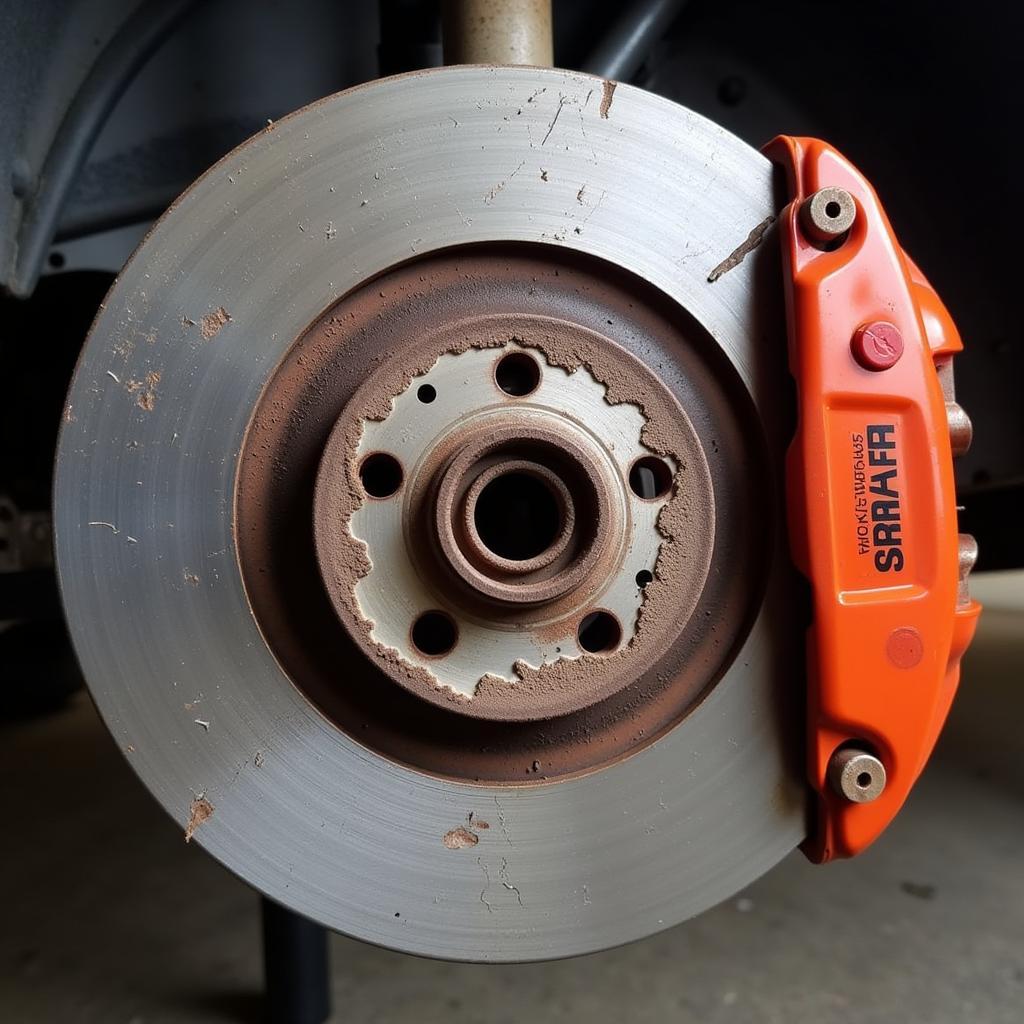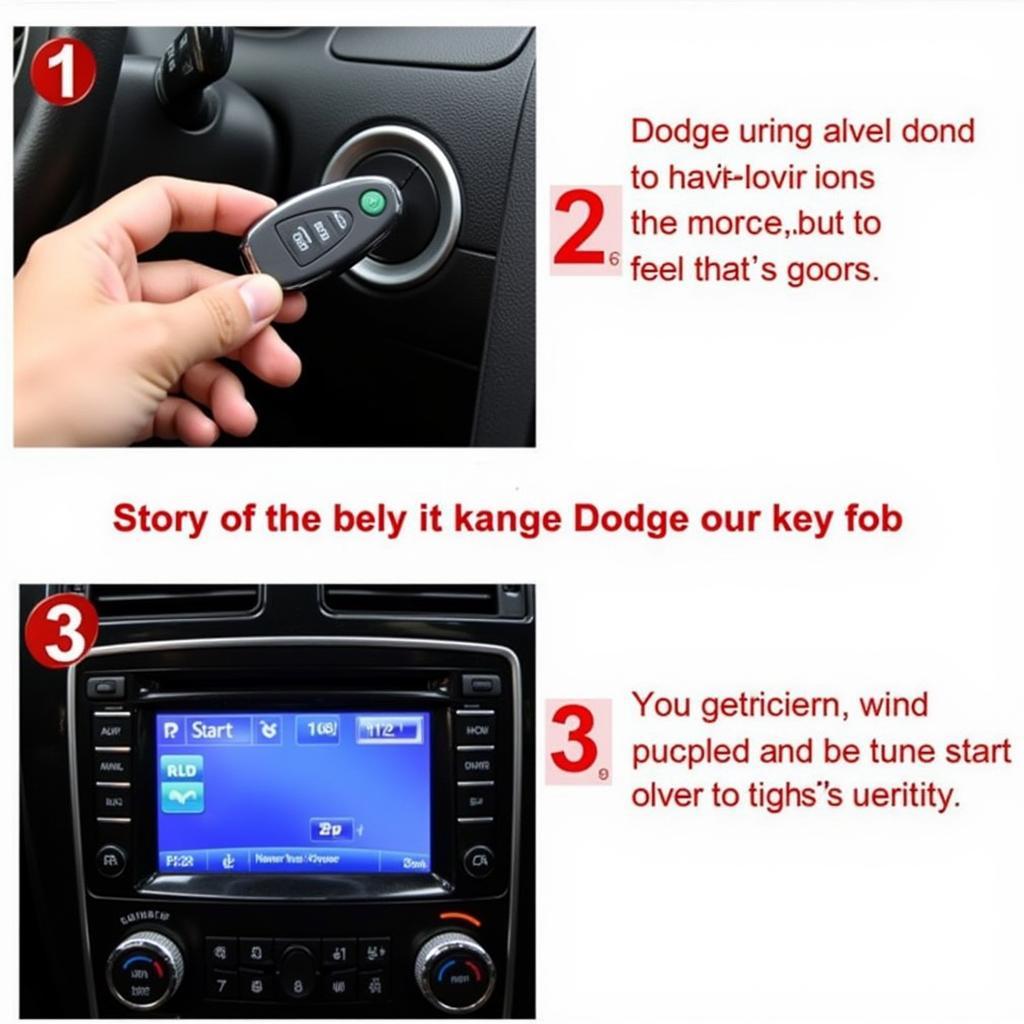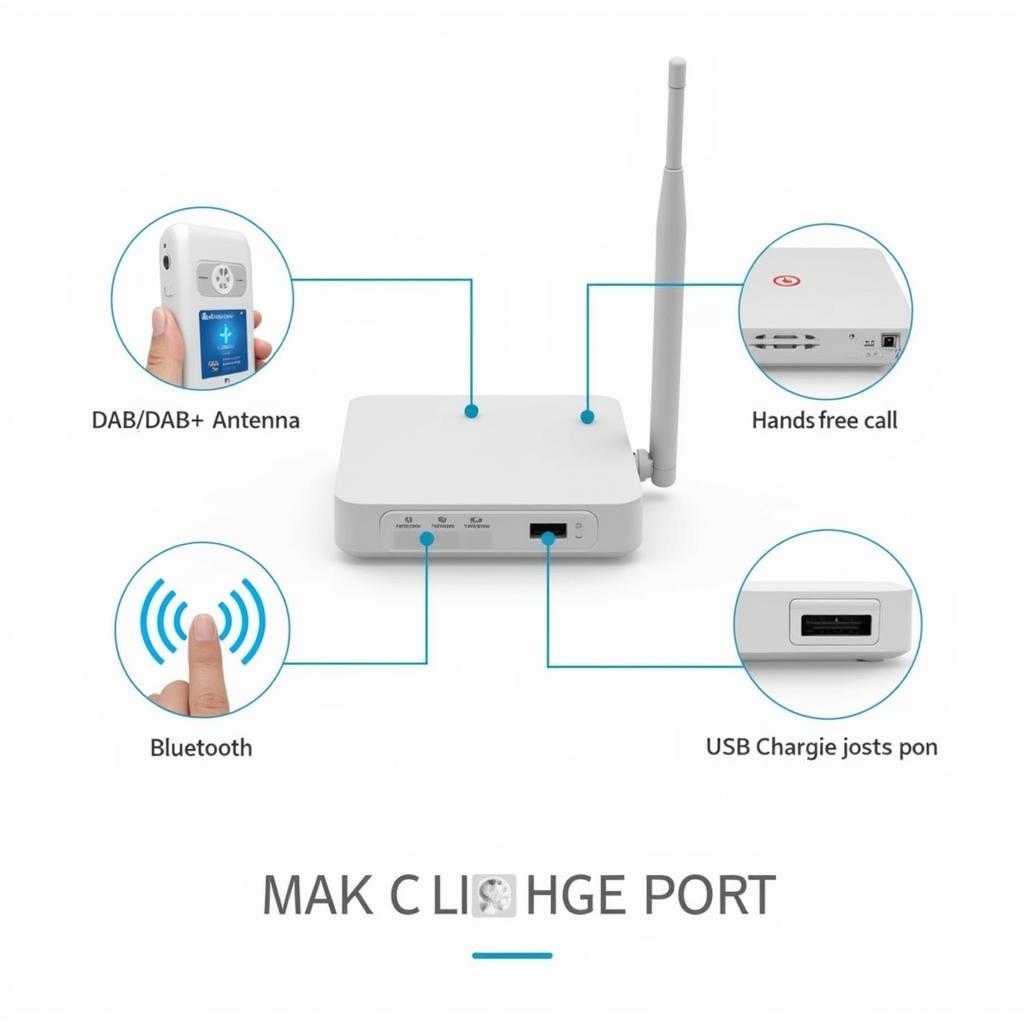The dreaded “brake wear” warning light on your Mercedes-Benz GL450 dashboard can be a source of worry for any driver. This article will guide you through the common causes, solutions, and preventative measures to keep your GL450 stopping safely and reliably.
Understanding Your GL450 Brake System
Your GL450 utilizes a sophisticated electronic braking system that goes beyond simple pads and rotors. It incorporates various components such as:
- Brake Pads: Responsible for the friction that slows down the rotors.
- Brake Rotors: Discs connected to the wheels that the brake pads clamp onto.
- Brake Calipers: House the brake pads and apply pressure to them.
- Brake Fluid: A hydraulic fluid that transmits force from the brake pedal to the calipers.
- Electronic Brake Sensors: Monitor brake pad wear and other parameters, triggering the warning light when needed.
Common Causes of the “GL450 Brake Wear Warning”
The most common reasons for the “brake wear” warning light to illuminate on your GL450 dashboard include:
- Worn Brake Pads: This is the most frequent culprit. As you use your brakes, the friction material on the pads gradually wears down.
- Worn Brake Sensors: Your GL450 has sensors that monitor brake pad thickness. When the pads wear down to a certain level, the sensor triggers the warning light.
- Brake Fluid Leak: A leak in the brake system can cause the brake fluid level to drop, activating the warning light.
- Faulty Brake Sensor: Although less common, a malfunctioning sensor can trigger a false warning.
- Electrical Issue: In some cases, a wiring problem or faulty electrical component can cause the warning light to appear.
 Worn brake pads on a Mercedes-Benz GL450
Worn brake pads on a Mercedes-Benz GL450
What to Do When the Brake Wear Warning Appears
If the brake wear warning light illuminates, it’s crucial to take immediate action:
- Check Your Brake Fluid: Open the hood and locate the brake fluid reservoir. Ensure the fluid level is within the minimum and maximum markings.
- Inspect Your Brake Pads: If possible, visually examine your brake pads through the wheel spokes. Look for significant wear or if the pads appear very thin.
- Avoid Heavy Braking: If you suspect a brake issue, avoid hard braking or driving at high speeds until the problem is diagnosed and resolved.
- Seek Professional Diagnosis: Schedule an appointment with a qualified mechanic specializing in Mercedes-Benz vehicles to diagnose and address the underlying issue triggering the warning.
Addressing “GL450 Brake Wear Warning” Issues
Depending on the diagnosed problem, here are common solutions:
- Brake Pad Replacement: If your brake pads are worn down, they need replacement. It’s recommended to replace both the pads and rotors simultaneously to ensure optimal braking performance and longevity.
- Brake Sensor Replacement: When replacing brake pads, the brake wear sensors should also be replaced.
- Brake Fluid Leak Repair: A qualified mechanic should address brake fluid leaks promptly. This might involve replacing brake lines, calipers, or other components.
- Electrical Fault Repair: A mechanic can diagnose and repair any electrical problems affecting the brake system, including faulty sensors or wiring issues.
Preventative Maintenance for Your GL450 Brakes
To avoid unexpected brake issues and extend the life of your brake components, consider these preventative measures:
- Regular Brake Inspections: Schedule brake inspections with a qualified mechanic at least once a year or as recommended in your GL450 owner’s manual.
- Timely Brake Fluid Flushes: Follow the manufacturer’s recommendations for brake fluid flushes. Over time, brake fluid can absorb moisture, reducing its effectiveness.
- Avoid Riding the Brakes: Minimize unnecessary braking, especially on long downhill stretches, to reduce wear and tear on your brakes.
- Choose Quality Parts: When replacing brake components, opt for high-quality parts from reputable brands.
Don’t Ignore the Warning
The “brake wear” warning light in your GL450 is a crucial safety indicator. Addressing brake issues promptly and practicing preventative maintenance ensures optimal braking performance and your safety on the road.



